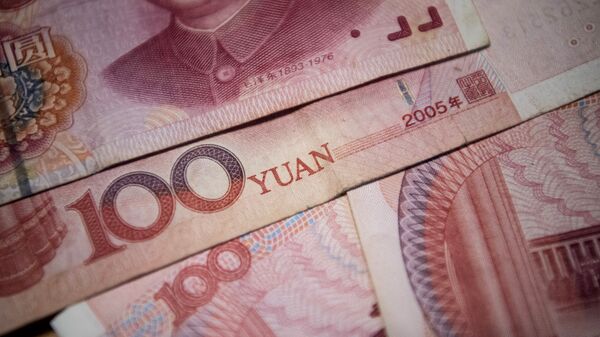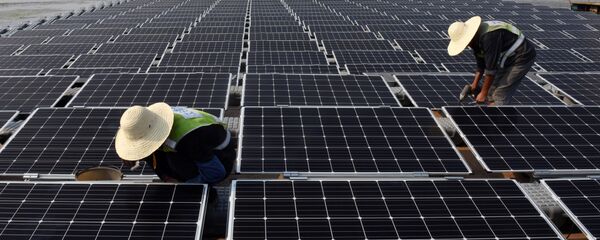Kristian Rouz — The Chinese government in Beijing is promising additional tax cuts and looser monetary conditions as part of a two-pronged stimulus package for the slowing economy next year, which officials believe could offset the negative impact of the disruptions in international trade.
China also hopes to implement the mutual understanding on trade, reached between US President Donald Trump and Xi Jinping in Argentina, as a bilateral trade deal.
READ MORE: Comprehensive US-China Trade Deal Could Happen 'Rather Soon' — Trump
According to a statement from the Economic Work Conference in Beijing, the Chinese government plans a "significant" decrease in taxes next year, reinforced by an "appropriate" monetary accommodation.
"The pro-active fiscal policy should enhance efficiency, implement larger-scale tax cuts and fee reductions, and substantially increase the size of local government special bonds", Chinese officials said, according to state news media Xinhua.
However, China is planning to abandon its limited approach to stimulating the economy and is about to utilise all tools available to maintain GDP growth above the current 6.5 percent annual growth.
Beijing expects the new policies will help the Chinese economy withstand the mounting pressure of international risks.
"The external environment is complex and severe, and the economy is facing downward pressure", Chinese officials said. "Prudent monetary policy should be neither too loose nor too tight, keeping liquidity reasonable ample".
READ MORE: Chinese Vice Premier, US Treasury Secretary Discuss Terms of Trade Consultations
Some economists believe the scale of China's stimulus could reach $275 billion worth of bonds, which local governments will be allowed to issue next year to finance their infrastructure projects and other spending plans.
"The government will step up policy loosening next year as downward pressure on the economy increases", Tang Jianwei of Shanghai-based Bank of Communications said.
Meanwhile, the stimulative policies could weigh on China's fiscal performance next year, with an annual budget deficit possibly reaching 3 percent of GDP. The nation's GDP growth is currently expected to range between 6.0-6.5 percent year-on-year, compared to a 6.5 percent annual expansion in 3Q18.
"The focus for macro policy has shifted from lowering long-term risks to boosting short-term demand", Larry Hu of Macquarie Securities Ltd. said.
Additionally, Chinese officials pledged to ramp up what they call "property control", reiterating their commitment to the principle "houses are for the living, not for speculation". This comes as elevated real estate prices across China have decimated affordability and the demand for residential properties.
Beijing is committed to addressing this challenge by supporting the private sector, tackling poverty, and ensuring higher earnings and looser credit conditions for the nation's massive middle class.
"The work conference sent more and more specific easing signals, and said they want to push harder on reforms and supporting the private sector", Wang Tao of the Hong Kong branch of UBS Group AG said.
READ MORE: US Arrest of Chinese Tech Giant Could Spark Increased Trade War
Chinese officials didn't mention the controversial Made in China 2025 strategy in the conference's papers, and some say this is to avoid a backlash from the US.
Officials in Washington believe the Made in China plan is connected to what they call forced technology transfer and unfair trade practices — and now that China has reaffirmed its commitment to striking a trade deal with the US, the 2025 strategy could play a less prominent role in Beijing's economic policies.






